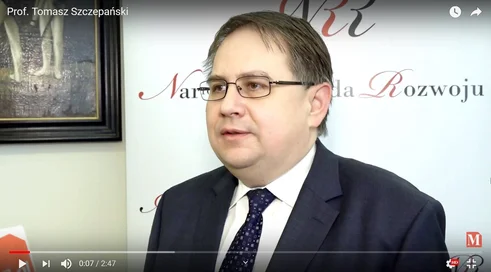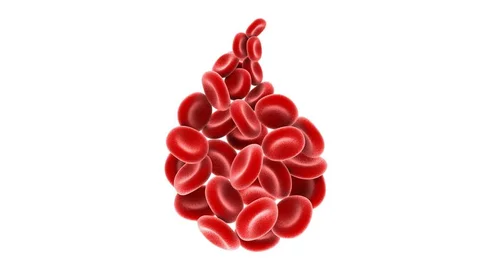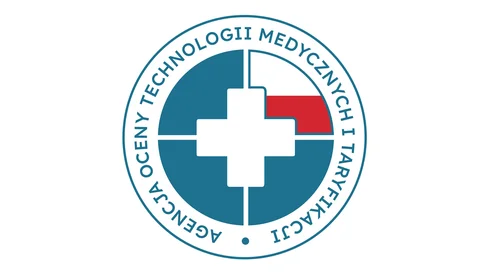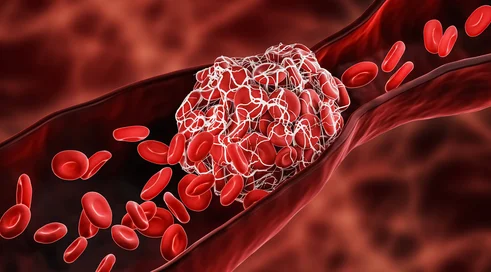What is hemophilia and what are its most troublesome symptoms for the patient? What population in Poland is affected by this disease?
Hemophilia is a genetically determined disease related to sex chromosomes. It involves a deficiency of clotting factors. The most common form is hemophilia A, or factor VIII deficiency. The second most common is hemophilia B, or factor IX deficiency. Hemophilia is mainly contracted by men, while women are carriers. As for the Polish population, more than 2,500 people suffer from hemophilia.
The patient who is not covered by prophylaxis suffers most from delivery strokes that deform the joints, that is, those that lead to so-called arthropathy. The population of patients who have not received prophylaxis, unfortunately, these joints are very damaged, and require surgery. Such a first symptom in congenital hemophilia is delivery strokes, but of course strokes can happen anywhere. The worst case scenario is a stroke to the central nervous system.
What is the importance of using early prophylaxis in children with hemophilia and from the first months of life?
It has a very big impact. This image of the hemophilia patient, after the introduction of prophylaxis, has changed. When I started my work, there was no such possibility. Patients only had treatment on demand, that is, when there was a stroke, which did not prevent arthropathy. In children, on the other hand, it is ...
Content locked
To gain access to the complete English section of the Medexpress.pl, kindly reach out to us at english@medexpress.pl.




















